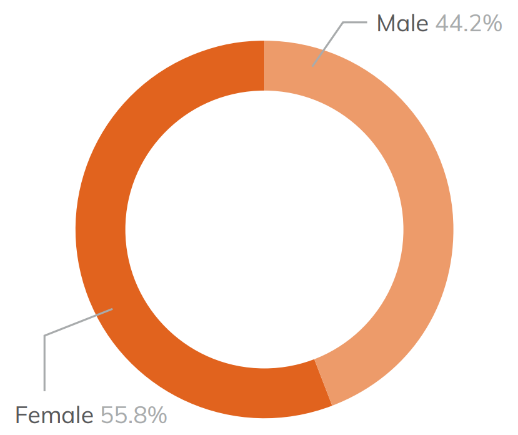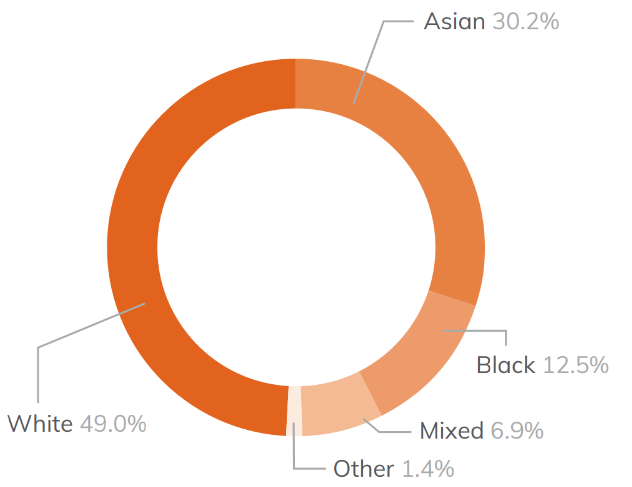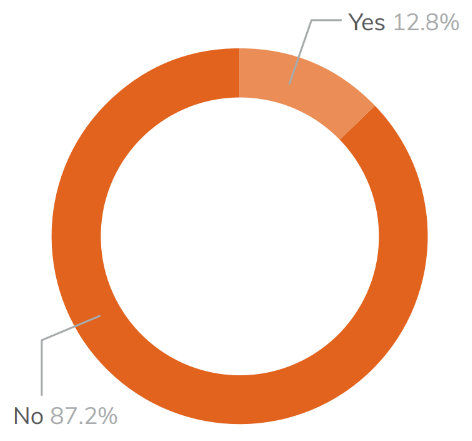Full-Time A Level Learners Aged 16-18 Years – Diversity (2023-24 Year-End)
Impact on Diversity and Inclusion
Gender

Ethnicity

Learning difficulty or disability

Dudley Sixth continues to support a very diverse student body. 2023/24 continued to see more female learners choose to study A levels than male learners. Males achieved at a marginally higher rate than females (+9.2%), which is in contrast to previous years. This is a result of a marginal drop in performance for females but a significant increase in male performance (going from 82.5% to 91.0%.).
The A Level ethnicity profile shows our learners are more diverse than the local community and in line with the previous year with 51% of our learners from minority groups who make up 11.9% of the local population.
This year has seen a gap in achievement between ethnic groups. We will monitor this as this was not seen in the previous academic year. There will be a focus on the achievement rates of Black learners compared to their peers as this gap has been present in A Levels in three out of the last four years.
Dudley Sixth supports a number of students with learning difficulties or disabilities through a wide range of support mechanisms, with the number of learners declaring a disability/learning difficulty increasing in 2023/24 to 80 learners – 12.8%, compared to 58 – 9.4% in 2021/22. Achievement rates of this group has improved over the last year and is now comparable to their peers.
